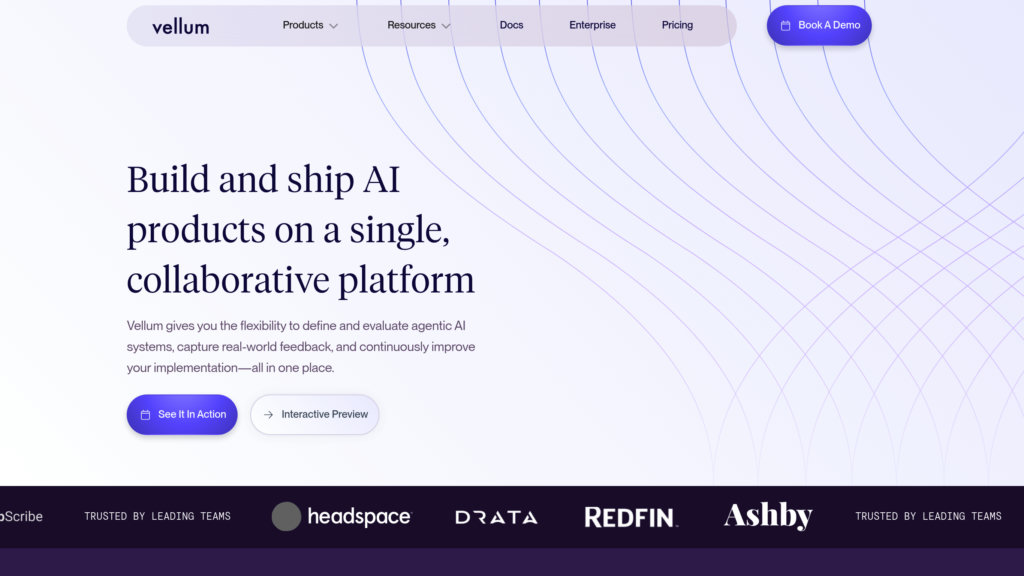Vellum AI
AI development platform for building, testing and deploying applications with team collaboration
Introduction
Vellum AI is an all-in-one development platform engineered to speed up the creation and launch of AI applications, especially those utilizing large language models (LLMs). It serves as a collaborative hub that unites technical and non-technical team members, offering integrated capabilities for prompt design, workflow creation, performance evaluation, and ongoing refinement. The platform is model-agnostic, supporting integration with open-source, proprietary, and self-hosted AI models, which allows teams to easily compare and fine-tune performance. With a flexible interface that includes both low-code visual tools and code-first SDKs, Vellum enables cross-functional teams to iterate and deploy rapidly. It also provides robust monitoring and observability features to track AI behavior, costs, and response times, ensuring dependable and transparent operations in live environments.
Key Features
Collaborative Prompt Engineering: Utilize both visual and code-based tools within a shared workspace to define, refine, and test prompts across various AI models.
Multi-Model Playground: Effortlessly experiment with, compare, and switch between different AI providers and model types, including open-source and commercial options.
Workflow Builder: Construct sophisticated AI workflows and agentic systems using a declarative, type-safe framework accessible via both a graphical user interface and code.
Integrated Evaluation and Testing: Employ a quantitative testing framework with customizable metrics and test case management to thoroughly evaluate AI performance prior to going live.
Continuous Deployment & Monitoring: Manage versions, deploy with one click, and monitor AI inputs, outputs, latency, expenses, and decision pathways in real-time.
Document Retrieval & RAG Pipelines: Leverage built-in capabilities for semantic search and retrieval-augmented generation (RAG) using your own documents and vector databases.
Use Cases
AI-Powered Chatbots: Develop, test, and launch conversational agents that pull from multiple data sources and models for customer service or internal applications.
Collaborative AI Development: Facilitate co-creation and iteration on AI features among diverse teams, including engineers and domain experts.
Document Analysis & Search: Implement semantic search and intelligent Q&A systems over extensive document collections to create powerful knowledge bases.
AI Workflow Automation: Design multi-step automated processes that blend business rules, API integrations, and dynamic prompts for complex tasks.
Production AI Monitoring: Continuously oversee AI system performance in production to identify problems, debug issues, and enhance model quality and cost-effectiveness.
